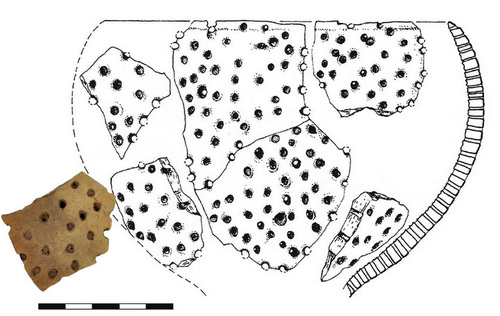See on Scoop.it – Historical gastronomy
In 1739 Kidder published his own cookbook, called The Receipts of Pastry and Cookery. It was probably conceived as a companion piece to his classes, and either sold or given to his students. By that time Kidder was 73 years old, but according to his book he still “teacheth at his School” six days a week. Unfortunately, Kidder died soon after the book was published, but a glowing obituary claimed that he taught “6,000 ladies” the culinary arts. The classes were not cheap, and Kidder seemingly died a rich man, leaving his wife and children a diamond ring and gold watch in his will, among other expensive keepsakes. Today that book is all that remains of Kidder’s culinary legacy, but cooking schools across the world owe a debt to his long-ago pie making classes. …
See on www.history.com




